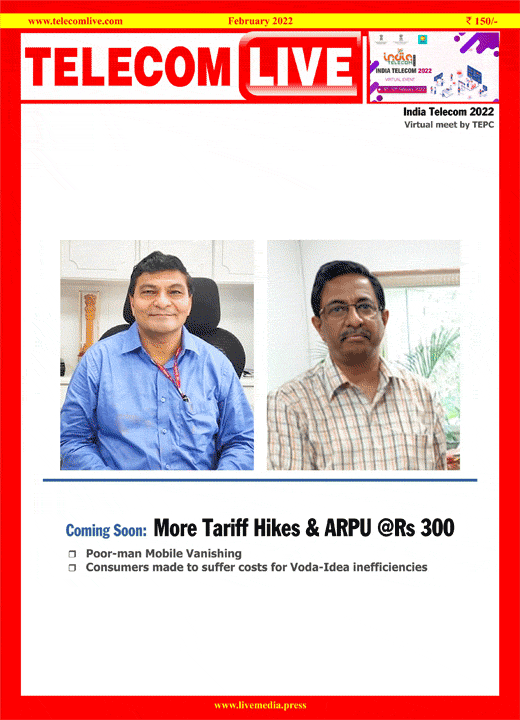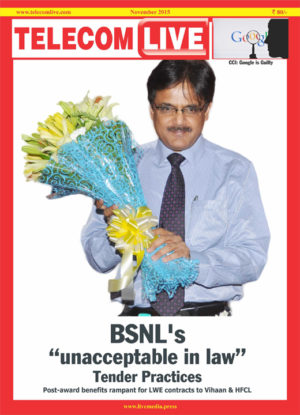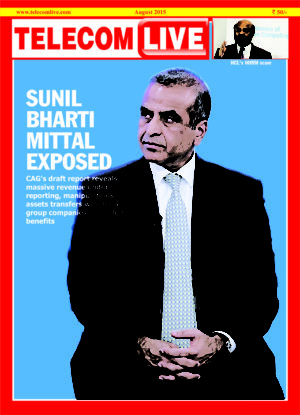The two TSPs – Bharti Airtel and Vodafone – are mulling repeated tariff hikes to achieve a targeted ARPU of Rs 300. Already two hikes were effected by them in August and November 2021 taking their respective ARPUs to Rs 163 and 115. Both the operators have a combined market share of 54 per cent. In this spate of hikes, Reliance Jio hiked its tariff once in November 2021, it has not indicated a further raise.
Tariff hikes have impacted subscriber numbers. Wireless showed a reduction of 3.22 crore subscribers, a decline of 4.58 per cent of tele-density in urban areas and 1.83 in rural areas, overall this resulted in a decline of 2.68 per cent of tele-density. Telcos admit that the decline is a consequence of tariff hike but they also attribute it to rationalisation of connections, people surrendering a second SIM card. Rising handset costs is also blamed. The latter reasons are subsidiary causes.
The triggers for repeated hikes in tariff emanate from Vi’s precarious financial position despite government support. Notwithstanding the benefits of the telecom sector bailout package that accrues to it, the company will have to cough up Rs 11,300 crore as debt repayments in the next 12 months. In September 2021, the union cabinet had approved a relief package for the telecom sector, which included a four-year moratorium on AGR and spectrum payments. Companies were also given an option to convert interest on deferred liabilities into equity. As things stand, the government will hire an advisor from Department of Investment and Public Asset Management (DIPAM)’s panel who will recommend the final quantum of dues that needs to be converted and at what rate. Once this proposal of conversion of interest payments into equity happens, the government will become the largest shareholder in Vi. The parent Vodafone Group Plc and Aditya Birla Group’s stake will be diluted to around 28.5 per cent and 17.8 per cent, respectively.
Vi has a gigantic debt burden of about Rs 1.95 lakh crore, which includes deferred spectrum payment obligations of Rs 1.09 lakh crore and AGR liability of Rs 63,400 crore due to the government. The telecom minister has made it clear that the government is stepping in as an investor only, all operational factors and debt liabilities are with the company, meaning Vodafone-Idea and Aditya Birla group. Such statements can satisfy novices, the reality is far more complex.
The government should be mindful of Vi’s high risk profile: widening net loss figures, inaction on quick 4G rollouts, significant fund raising requirements for 5G which will be difficult to meet and lack of monetisation speed. All these are huge negatives. Recoveries by way of tariff hikes from ordinary customers will not save the day.




